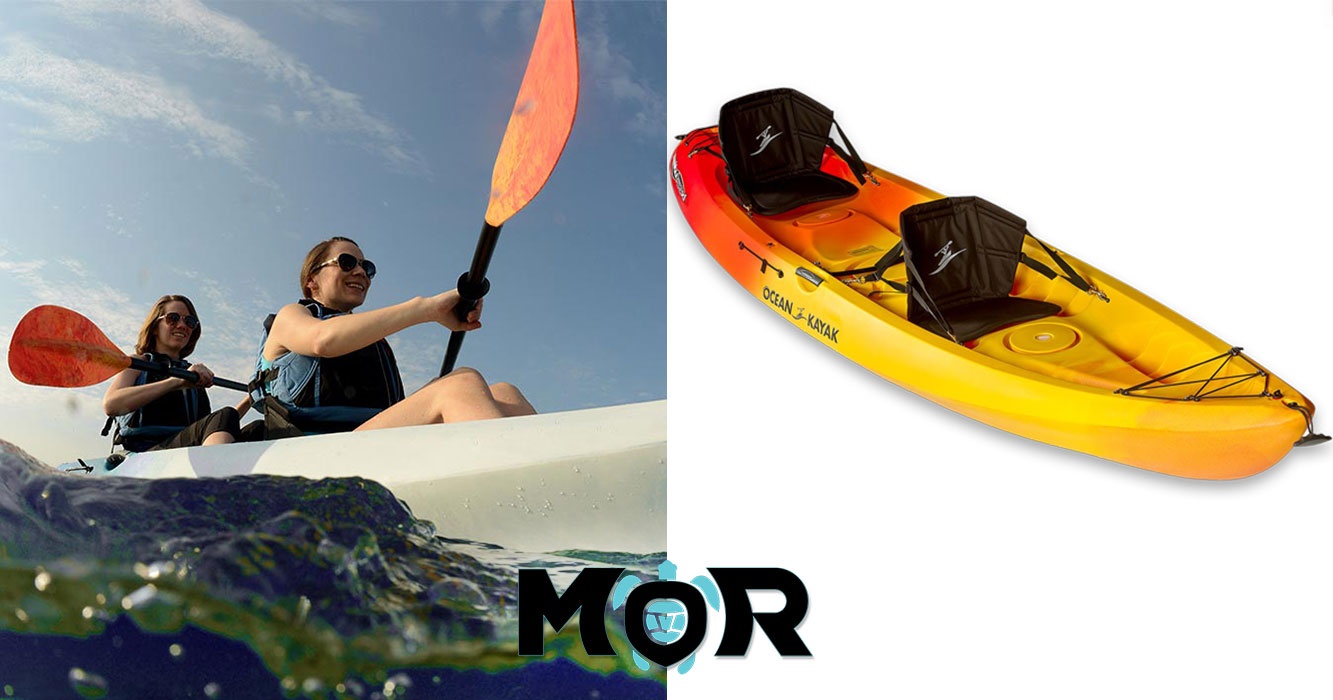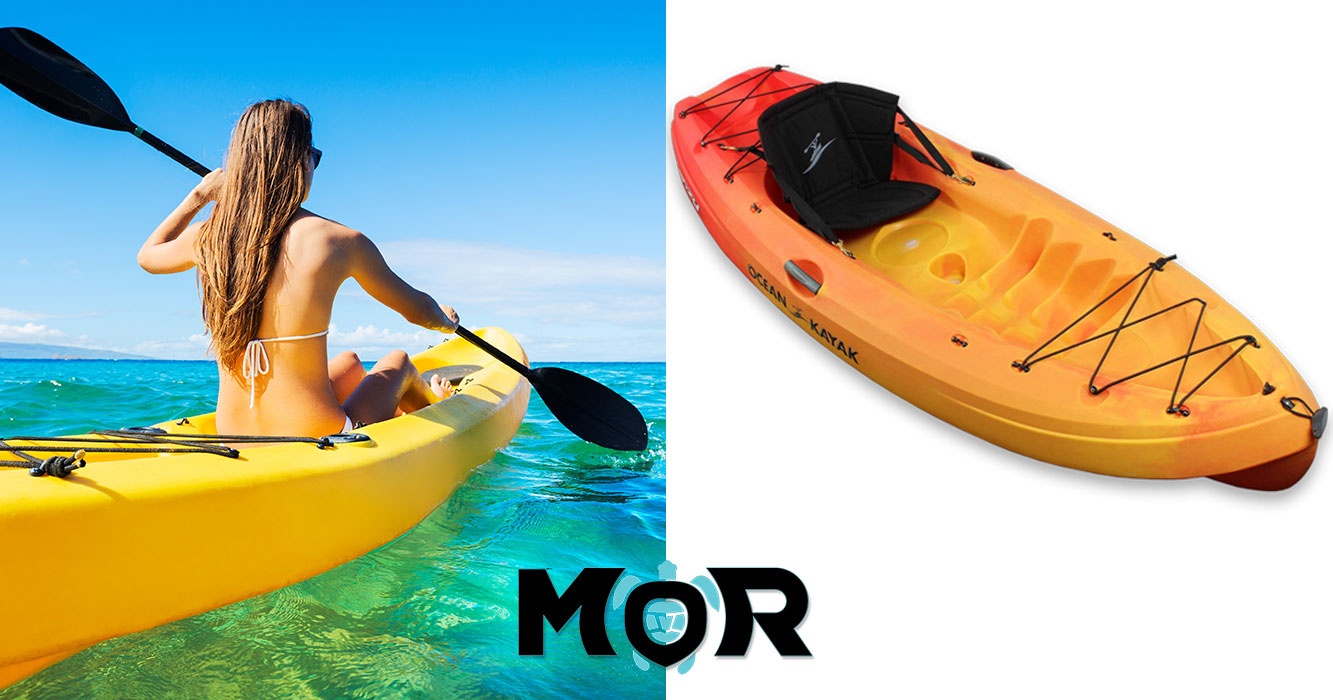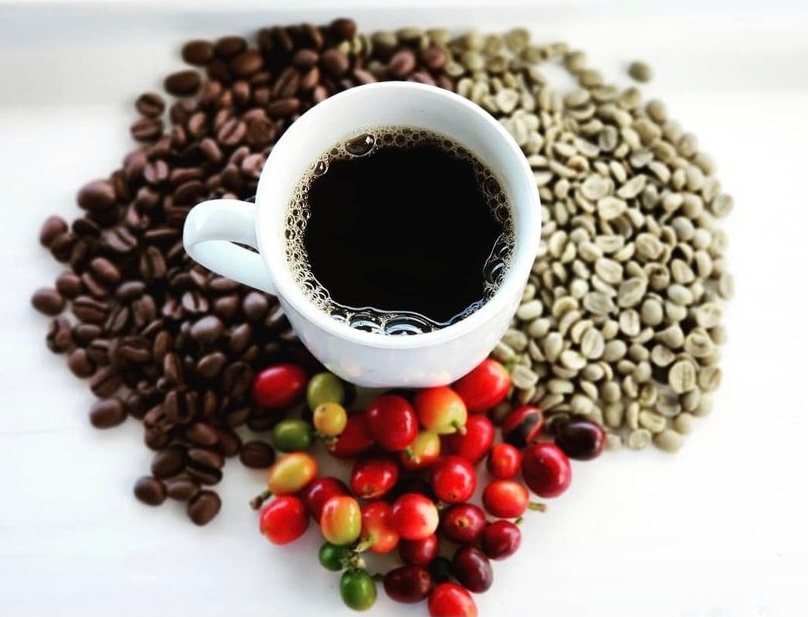
“Brew Your Best Cup”- Coffee Brewing Workshop
Heavenly Hawaiian Coffee Farm • Farm • Holualoa, Island of Hawaii • Hawaii
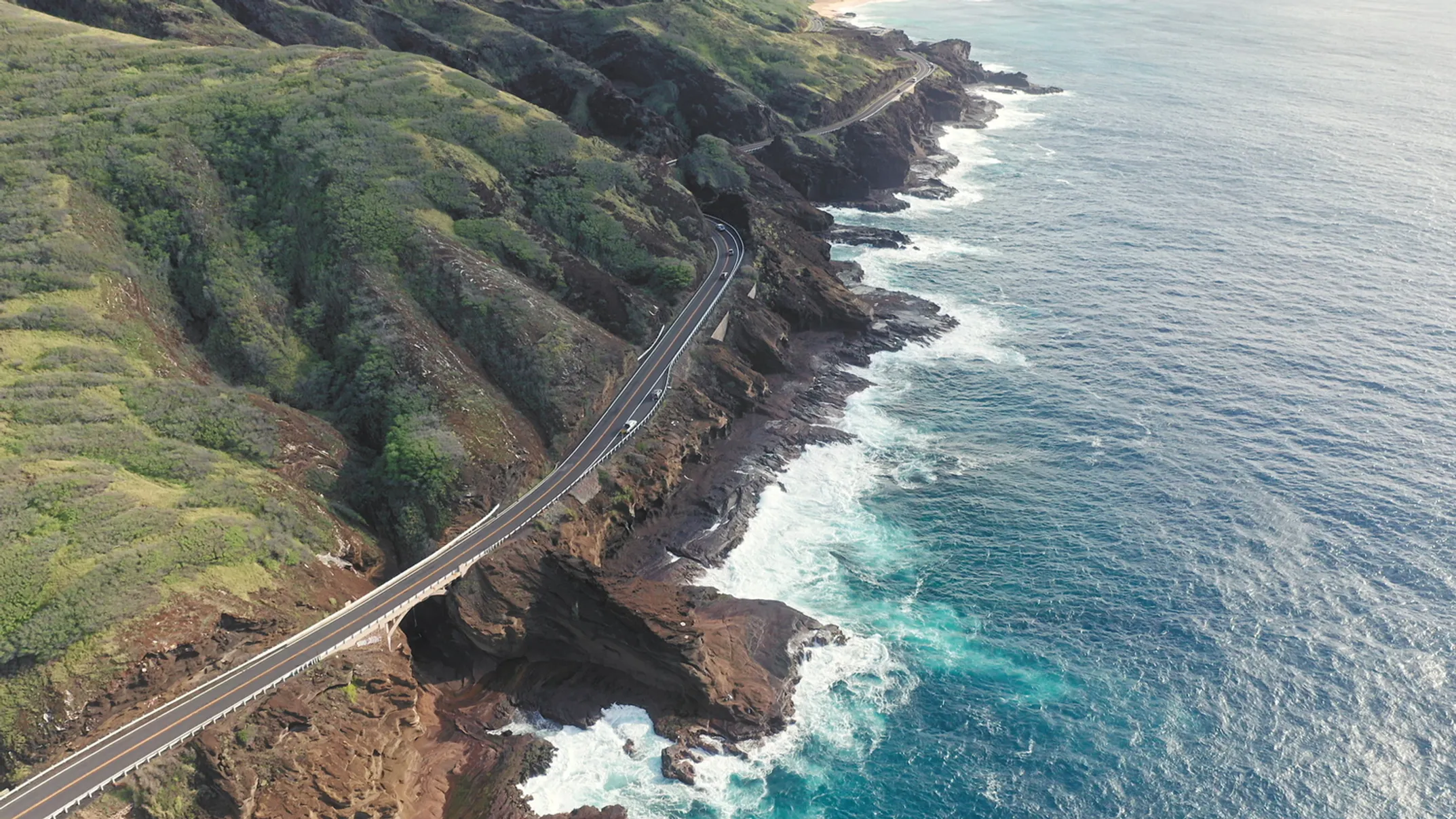
Protecting Hawaii's treasures through mindful exploration
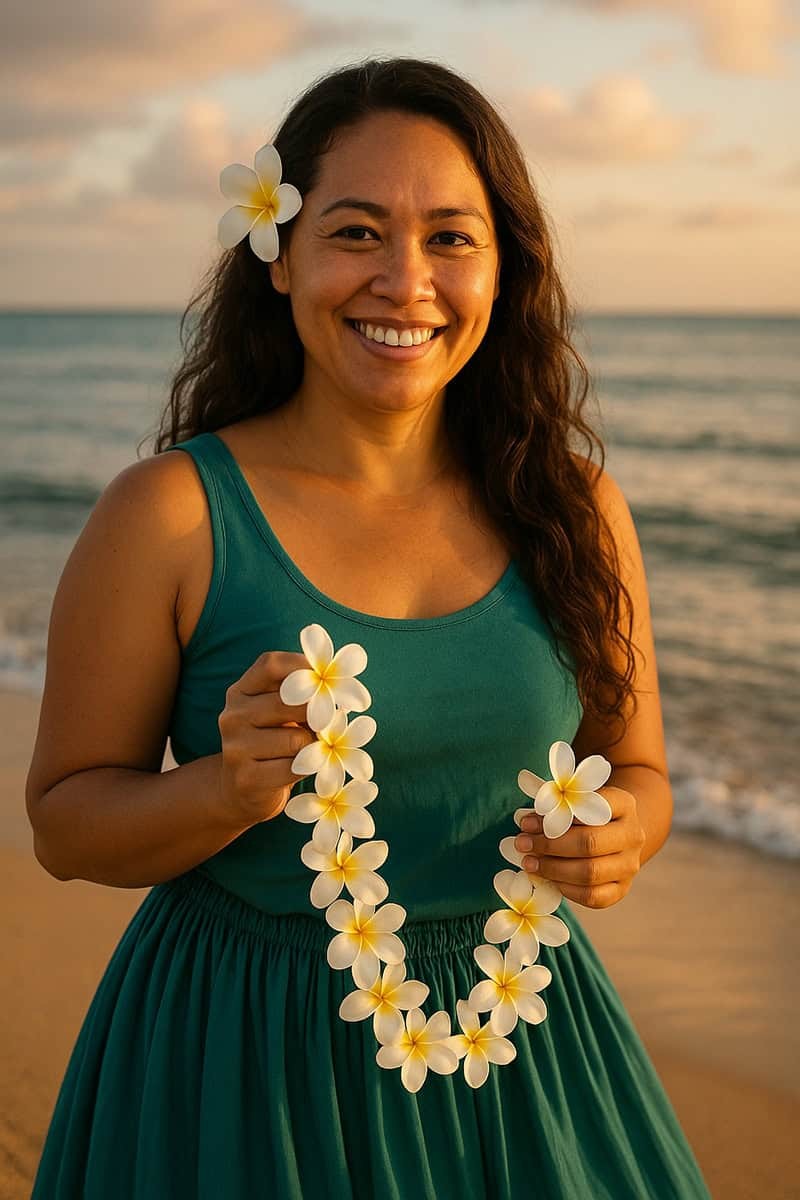
Written by a Local Expert
Leilani AkoDriving in Hawaiʻi is a privilege that comes with the responsibility to protect its natural and cultural treasures. This toolkit consolidates the most critical information for traveling with pono.
The allure of capturing Hawaii's landscapes from the air is undeniable, but the rules governing drone use are complex and strict. Flying illegally or disrespectfully can lead to hefty fines, damaged equipment, and harm to sensitive environments and cultural sites. The fundamental rule is that state and federal regulations supersede any app indications. If a sign says "No Drones," the rule is no drones.
Cultural Sensitivity: Even if not explicitly illegal, flying drones in sacred or culturally significant areas is deeply disrespectful. These are places of worship and reverence, not backdrops for recreational flying.
Mālama ʻāina—the sacred duty to care for the land—is not just a suggestion but a necessity. The beauty of these islands is immense, but it is also fragile. By choosing to explore with intention and reverence, you transform from a mere visitor into a welcome guest.
Remember: You are a guest in someone's ancestral home. Approach with humility, respect, and a willingness to learn about the rich culture and history of these islands.
Planning your Hawaiian adventure
Driving with PonoIsland etiquette & safety tips
Maui Scenic DrivesRoad to Hāna, Haleakalā & more
Big Island RoutesVolcanoes, coffee country & heritage
Oʻahu Coastal LoopNorth Shore & Windward Coast
Kauaʻi Garden IsleCanyon drives & North Shore
Drone rules & conservation
National parks, state parks, sacred sites
Real-time restrictions & airspace
Below 400ft, line of sight, no crowds
✅ Safe Ingredients:
Zinc oxide, titanium dioxide
❌ Banned Ingredients:
Oxybenzone, octinoxate, octocrylene

Heavenly Hawaiian Coffee Farm • Farm • Holualoa, Island of Hawaii • Hawaii
